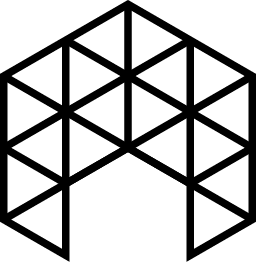The world of architecture is constantly evolving, with new technologies emerging all the time that promise to change the way we design and build. Two of the biggest game-changers in recent years have been Building Information Modeling (BIM) and Virtual Reality (VR). These technologies are having a huge impact on the industry, revolutionizing the way architects and designers work and opening up new possibilities for the future of architecture.
Building Information Modeling (BIM) is a digital representation of a building that allows architects and designers to create and manage a building’s digital assets. This means that they can create 3D models of a building, including all of its systems and components, and then use that information to collaborate with other members of the design team. BIM allows for greater accuracy and efficiency in the design process, as well as better communication between team members. It also helps to identify problems early on in the design process, reducing the risk of errors and delays during construction.
VR, on the other hand, allows architects and designers to immerse themselves in their designs, giving them a more realistic sense of the space they are creating. With VR, architects and designers can walk through their designs and make adjustments in real-time, helping to ensure that the final product is exactly what the client wants. VR also allows clients to experience their designs in a more realistic way, making it easier for them to understand and approve the design.
The combination of BIM and VR is particularly powerful. By integrating BIM data into VR, architects and designers can create highly accurate, immersive virtual environments that allow them to fully explore their designs. This allows for even greater accuracy and efficiency in the design process, as well as better communication with clients.
One of the most exciting things about BIM and VR is the way they are opening up new possibilities for the future of architecture. For example, BIM and VR are being used to create digital twins of buildings, which are exact digital replicas of physical buildings. These digital twins can be used for a variety of purposes, such as building maintenance and energy management. They can also be used to simulate different scenarios, such as earthquakes or fires, to test the building’s resilience.
Another exciting possibility is the use of BIM and VR in the construction process. With BIM, architects and designers can create detailed construction plans that can be used to guide the construction process. VR can then be used to provide workers with a detailed, immersive view of the building, helping them to work more efficiently and safely.
In the field of interior design, BIM and VR are also revolutionizing the industry. With the help of BIM, interior designers can create detailed 3D models of the space, including all the furniture and fixtures, allowing them to better visualize the final product. VR then allows them to immerse themselves in the design, making it easier to make adjustments and ensure that the final product meets the client’s needs.
In conclusion, BIM and VR are revolutionizing the architecture and interior design industry. They allow architects and designers to work more efficiently and accurately, while also opening up new possibilities for the future of architecture. From creating digital twins of buildings to improving the construction process, the possibilities are endless. As the technology continues to evolve, we can expect to see even more exciting developments in the future. So let’s embrace BIM and VR and see where it takes us.
References:
- “Building Information Modeling (BIM) in Construction” by National Institute of Standards and Technology
- “The Role of Virtual Reality in Architecture” by Journal of Virtual Reality and Broadcasting














